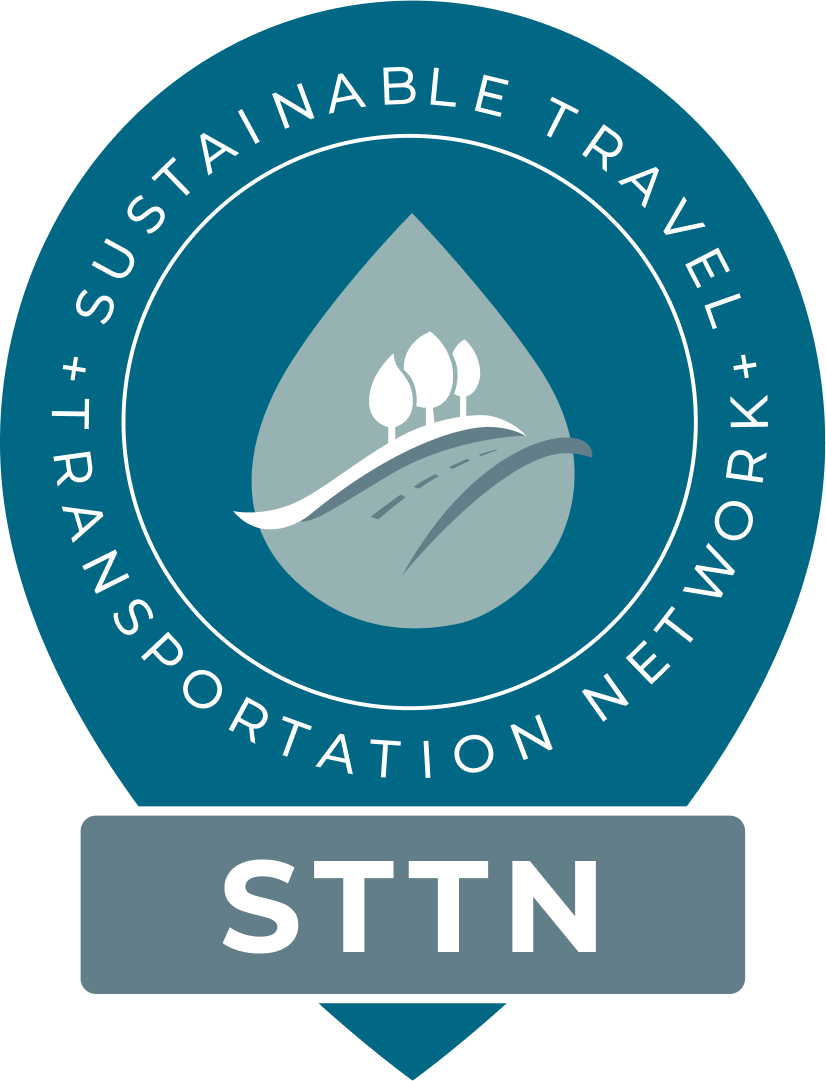In an era where sustainability is not just a buzzword but a business imperative, carbon offsetting has emerged as a critical strategy in business travel. For B2B organizations, the challenge of balancing the need for travel with environmental responsibility is ever-present. This article explores how businesses can effectively offset their carbon emissions from travel and transportation, embracing initiatives that contribute to a healthier planet while maintaining their operational goals.
Understanding Carbon Offsetting
Carbon offsetting involves compensating for the emissions produced by business activities, like travel, by funding projects that reduce greenhouse gases elsewhere. These projects can range from reforestation efforts to investments in renewable energy sources such as wind or solar power. The core idea is to achieve a ‘carbon neutral’ status, where the carbon emissions you generate are balanced by an equivalent amount of carbon savings elsewhere.
For businesses, carbon offsetting is not just about environmental stewardship; it’s also a step towards future-proofing operations in a world increasingly focused on sustainability. By understanding and engaging in carbon offsetting, businesses can demonstrate their commitment to corporate social responsibility and environmental sustainability.
The Role of Carbon Offsetting in Business Travel
Business travel significantly contributes to carbon emissions, especially with air travel being a significant component. For B2B organizations, offsetting these emissions is a practical approach to mitigating their environmental impact. This process starts with calculating the carbon footprint of travel activities, including everything from flights to ground transportation.
Once the footprint is understood, businesses can invest in carbon offset projects that resonate with their values and sustainability goals. This helps reduce the overall environmental impact and positions the company as a responsible player in the global market, enhancing brand value and customer trust.
Developing a Carbon Offsetting Policy
Creating an effective carbon offsetting policy requires a structured approach. The first step is to measure your business travel’s carbon footprint accurately. This involves collecting data on travel frequency, modes of transportation, and distances traveled. Many online calculators and professional services are available to assist in this process.
After determining the footprint, the next step is selecting appropriate offset projects. It’s crucial to invest in credible and verifiable projects. Look for projects certified by recognized standards like the Verified Carbon Standard or the Gold Standard. These projects ensure that your investment makes a real difference and adds to your sustainability efforts’ credibility.
Challenges and Considerations in Carbon Offsetting
While carbon offsetting is a valuable tool in achieving carbon-neutral business travel, it’s not without its challenges. One major consideration is the authenticity and effectiveness of offset projects. Businesses must ensure they invest in projects that genuinely reduce carbon emissions and are not just marketing gimmicks. Additionally, there’s a risk of viewing offsetting as a ‘license to pollute,’ which can undermine broader environmental efforts. Businesses must view carbon offsetting as part of a comprehensive sustainability strategy rather than a standalone solution.
Case Studies and Success Stories
Several B2B organizations have successfully integrated carbon offsetting into their travel policies, serving as inspiring examples. For instance, a global consulting firm implemented a policy to offset all emissions from air travel, investing in renewable energy projects. This initiative reduced their carbon footprint and enhanced their brand image as a leader in sustainability. Another example is a tech company that offsets its travel emissions by supporting reforestation projects, demonstrating a commitment to environmental restoration. These success stories highlight the tangible benefits of carbon offsetting in business travel.
Integrating Carbon Offsetting with Broader Sustainability Initiatives
Carbon offsetting should be a part of a larger sustainability strategy, which might include reducing travel frequency, opting for virtual meetings, or choosing more sustainable modes of transportation. By combining these efforts with carbon offsetting, businesses can create a more comprehensive approach to sustainability. This holistic view ensures that the company is compensating for its carbon footprint and actively working to reduce it.
Conclusion: The Future of Sustainable Business Travel
As we move towards a more environmentally conscious business world, the role of carbon offsetting in travel and transportation becomes increasingly significant. By understanding and implementing effective carbon offsetting strategies, businesses can contribute to a more sustainable future while meeting operational needs. This balance is critical to long-term success and environmental stewardship in the corporate world.
Join the Movement Towards Sustainable Business Travel
To further explore how your business can effectively implement carbon offsetting and othe sustainability initiatives, consider joining the Sustainable Travel and Transportation Network (STTN). As a member, you’ll gain access to valuable resources, expert insights, and a community of like-minded professionals dedicated to sustainable business practices. Join STTN today and be a part of the movement towards a more sustainable future in business travel.







